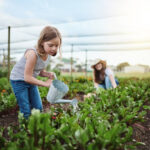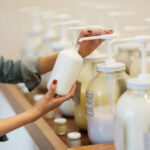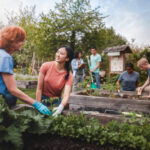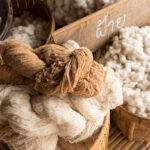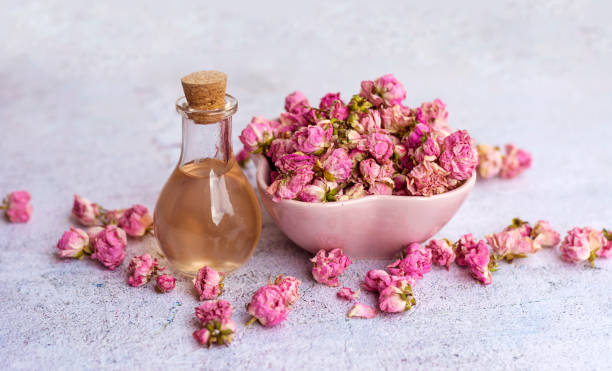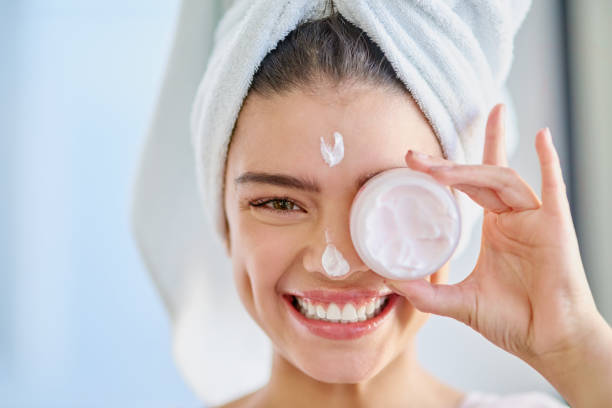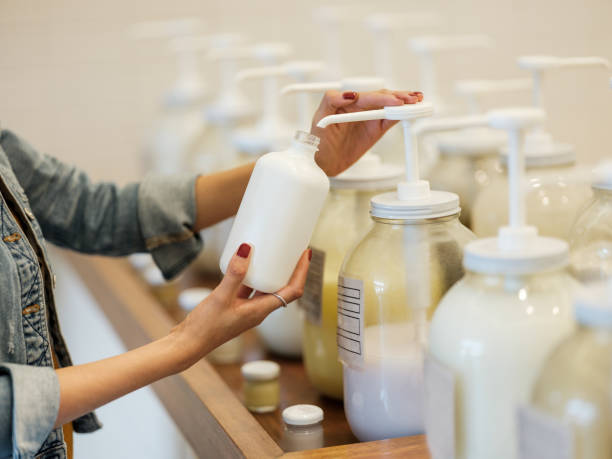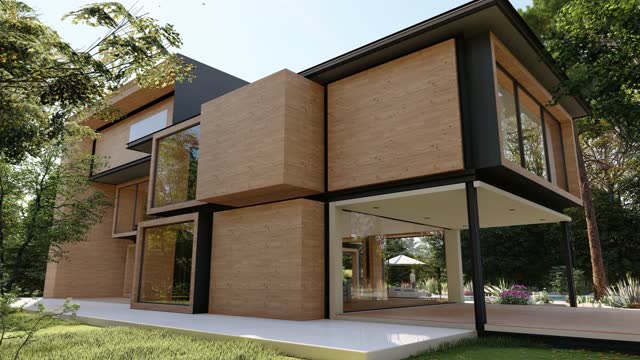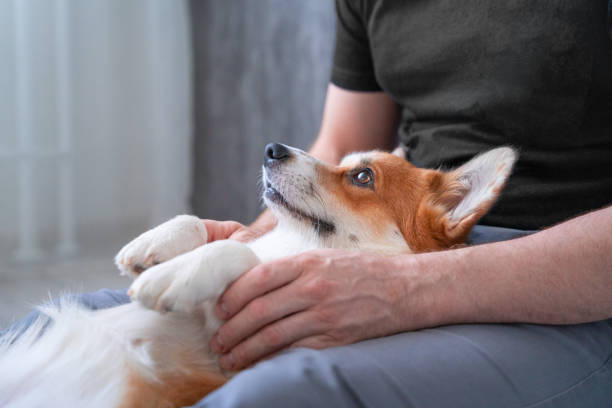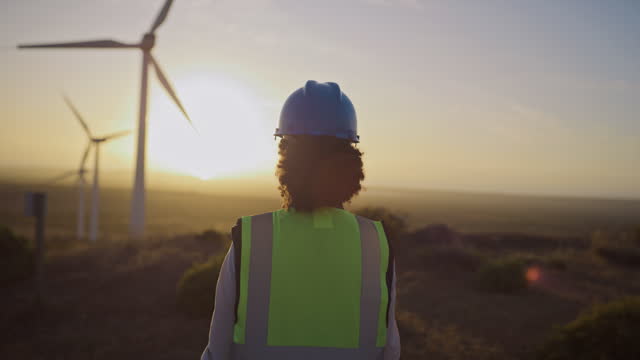Creating a Green Nursery: Eco-Friendly Products for Babies
This post contains affiliate links. I may earn a commission at no extra cost to you if you make a purchase. Note that I’m not a health or outdoor safety professional, so further research is advised. Your support keeps Outdoors A-Z running—thank you! Read the full disclosure.. Read the full disclosure here.
Congratulations on your journey into parenthood! As you prepare for the arrival of your little one, creating a safe and nurturing space is a top priority. One way to ensure a healthy environment for your baby is by designing a green nursery. In this article, we will explore various eco-friendly products and practices to help you create a sustainable and eco-conscious space for your little bundle of joy.
Table of Contents
Introduction
Welcoming a baby into the world is a special occasion that comes with great responsibility. Creating a green nursery is an excellent way to provide your baby with a healthy and sustainable environment right from the start. By choosing eco-friendly products and adopting sustainable practices, you can reduce your carbon footprint and promote a greener future for your child.
Importance of Eco-Friendly Nurseries
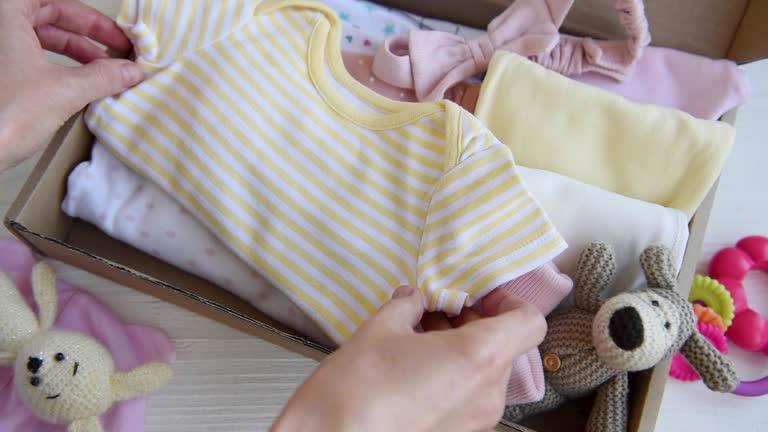
It’s essential to understand why creating an eco-friendly nursery is beneficial. Eco-friendly nurseries prioritize the health and well-being of both the baby and the environment. By reducing exposure to harmful chemicals and pollutants, you can create a safe haven for your little one while contributing to the preservation of our planet.
Choosing Non-Toxic Paint and Flooring
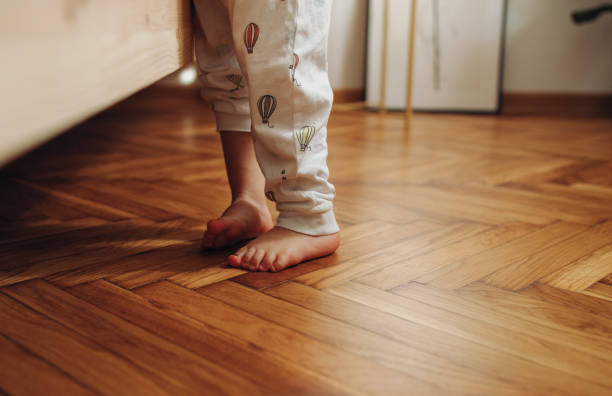
When designing a green nursery, it’s crucial to select non-toxic paint and flooring materials. Traditional paints and varnishes contain volatile organic compounds (VOCs) that can release harmful gases into the air. Opt for low or zero VOC paints and natural flooring options such as bamboo or cork, which are sustainable and free from harmful chemicals.
Sustainable Furniture and Bedding
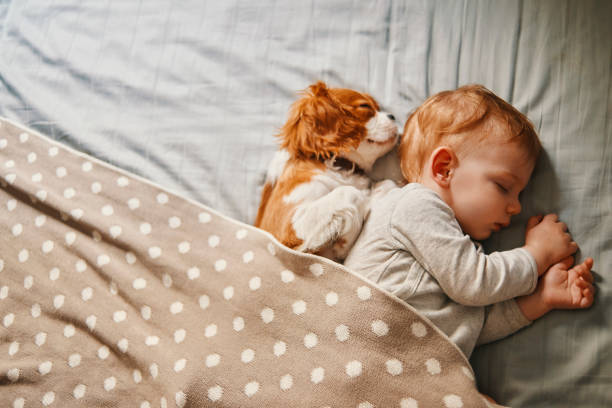
Investing in sustainable furniture and bedding is another key aspect of creating a green nursery. Look for cribs, dressers, and rocking chairs made from responsibly sourced wood or recycled materials. Choose organic cotton or bamboo bedding, which is free from pesticides and chemicals that can irritate your baby’s delicate skin.
Organic and Natural Baby Products
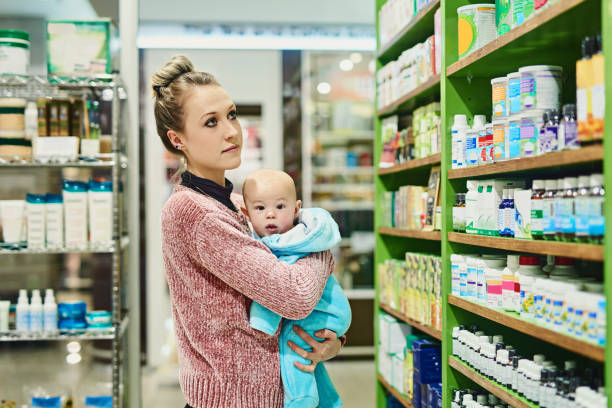
Using organic and natural baby products is not only healthier for your little one but also reduces the environmental impact. Choose organic diapers, wipes, and skincare products made from natural ingredients. These products are typically free from harsh chemicals, making them safer for your baby’s sensitive skin.
Energy-Efficient Lighting and Appliances

Incorporating energy-efficient lighting and appliances in your nursery is a fantastic way to save energy and reduce your carbon footprint. Opt for LED or CFL bulbs, which consume less energy and last longer. Choose energy-efficient baby monitors, humidifiers, and other nursery gadgets to minimize energy wastage.
Waste Management and Recycling
Practicing proper waste management and recycling in your green nursery is essential. Set up a recycling station with separate bins for different types of waste, including plastic, paper, and glass. Choose reusable cloth diapers and wipes instead of disposable ones to reduce waste generation.
Indoor Air Quality and Ventilation
Ensuring good indoor air quality and ventilation is vital for a healthy nursery environment. Use natural air purifiers like houseplants to filter indoor air pollutants. Install proper ventilation systems or use fans to promote air circulation and prevent the buildup of stale air.
Eco-Friendly Toys and Playtime
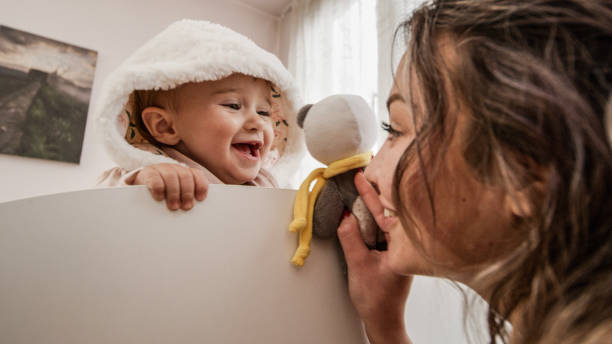
When it comes to toys and playtime, opt for eco-friendly and non-toxic options. Look for toys made from sustainable materials like wood, organic cotton, or recycled plastic. Avoid toys with excessive packaging and prioritize open-ended toys that promote creativity and imagination.
Benefits of Creating a Green Nursery
Creating a green nursery offers numerous benefits for both your baby and the environment. It reduces exposure to harmful chemicals, promotes better indoor air quality, and instills eco-consciousness from an early age. Additionally, it sets a positive example for your child, teaching them the importance of sustainability and responsible consumption.
Cost-Effective Solutions
Contrary to popular belief, creating a green nursery doesn’t have to break the bank. Many eco-friendly products are now readily available at affordable prices. Additionally, investing in durable and long-lasting items reduces the need for frequent replacements, saving you money in the long run.
Tips for Maintaining an Eco-Friendly Nursery
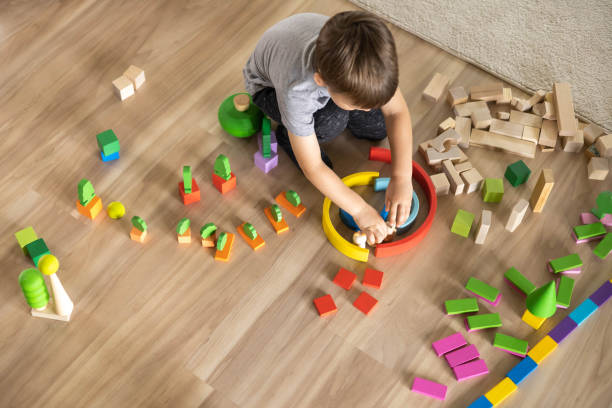
Maintaining an eco-friendly nursery is relatively simple with a few sustainable practices. Regularly clean surfaces and toys with non-toxic cleaners, avoid excessive water usage, and repair or repurpose items instead of discarding them. These small steps contribute to a greener and more sustainable nursery environment.
Personalized and DIY Green Nursery Ideas
Creating a personalized and DIY green nursery adds a special touch to the space while reducing environmental impact. Consider repurposing old furniture, creating handmade decorations using natural materials, or incorporating sustainable artwork. Let your creativity flourish while being mindful of sustainability.
Eco-Friendly Nursery Checklist
To help you organize your green nursery journey, here’s a checklist of essential eco-friendly items and practices:
Non-toxic paint and flooring
Sustainable furniture and bedding
Organic and natural baby products
Energy-efficient lighting and appliances
Waste management and recycling system
Indoor air quality and ventilation considerations
Eco-friendly toys and playtime options
Final Thoughts
Creating a green nursery is a wonderful way to provide a safe and sustainable environment for your baby. By adopting eco-friendly practices and choosing environmentally conscious products, you can contribute to a healthier planet and give your child the best start in life.
FAQs
Are eco-friendly baby products more expensive?
While some eco-friendly products may have a slightly higher upfront cost, they often offer long-term savings and health benefits. Additionally, there are affordable options available, and the market for eco-friendly baby products continues to grow, making them more accessible to all.
Can I create a green nursery on a tight budget?
Yes, creating a green nursery doesn’t have to be expensive. Consider repurposing or upcycling items, borrowing from friends or family, and prioritizing essential eco-friendly items like non-toxic paint and organic bedding.
Are eco-friendly diapers as effective as conventional ones?
Yes, eco-friendly diapers have come a long way in terms of performance and absorbency. Many brands offer excellent leak protection and are made from sustainable and biodegradable materials, making them a great choice for environmentally conscious parents.
How can I make my nursery more energy-efficient?
Opt for energy-efficient lighting options like LED bulbs, unplug electronics when not in use, and choose energy-efficient appliances. You can also consider utilizing natural light during the day and using blackout curtains to insulate the room.
Can I donate or recycle baby items I no longer need?
Absolutely! Donating gently used baby items to charities or organizations in need is a wonderful way to extend the lifecycle of these items. You can also recycle certain materials like plastic and cardboard to minimize waste.
Disclaimer: The information provided in this article is for educational purposes only and does not constitute medical or professional advice. Please consult with a healthcare professional or expert before making any decisions regarding your baby’s health or well-being.



